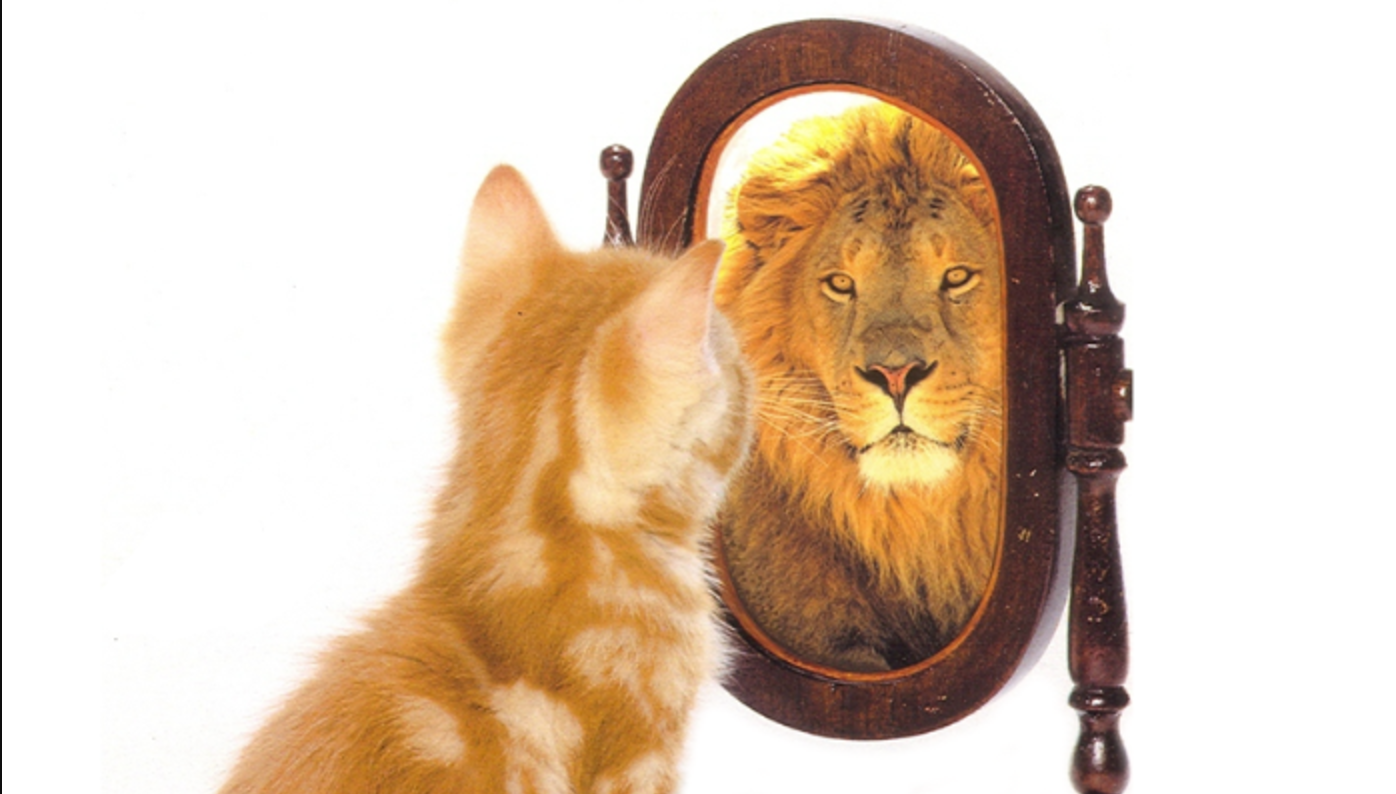
Ernest L. Arbuckle Professor of Business
Harvard Business School
As Kanter states, confidence isn’t a character trait, nor is it hereditary, it is something developed through determination, persistence, failure, training, success and a host of other challenges. Some of us develop it earlier and it comes later for others. It is also subject to conditions. We can face one challenge with extreme confidence and yet have trepidation in facing another the same day. What accounts for shifts in our own self-confidence and for the varying degrees of confidence we encounter with while working with others?
- As parent take a deep breath and encourage girls to engage in risky play. It teaches hazard assessment, delayed gratification, resilience and confidence.
- Stop cautioning willy-nilly. Such words can be construed to mean, “Don’t push yourself”, “ You’re not good enough” or “You should be afraid!”
- Encourage the practice of bravery. Remember the fear and exhilaration feel very similar.
These are great recommendations for all of us regardless of gender or age!
I found a second article examining the idea of confidence. I may step on a few toes, as it considers what the author feels to be the “confidence deficit” among millennials. In How Companies Can build Confidence in Millennials, a member of the Forbes Coaches Council, Daniel Rounds, a millennial himself, cites the convergence of several factors that have served to color the behavior of millennials. Two in particular, parental praise when no praise was warranted (the proverbial “participation” trophy) and dependence on technology that provided instantaneous gratification and lowered levels of patience, took drastic tolls as millennials grew up and entered the workforce. According to Rounds, they did so with “ unrealistic expectations of praise, sorely limited attention spans, a low tolerance for stress, and a propensity for forming face-value relationships”. He recommends three things companies can do to better support their millennial employees:
- Create a supportive, comfortable and safe working environment
- Within the workplace, encourages eye-contact and sustained conversation over device-based contact and interaction.
- Acknowledge the special talents, skills and contributions of individuals.
So here is something to think about. Confidence is a trait we want to develop and use. It’s valuable as it facilitates achievement. For leaders, it is critical. However, even the best of leaders have those moments of self-doubt. Do those moments compromise us? Will others see the chink in the armor and be discouraged? Research says “No”. Michael Seitchik and Scott Weighart recently published a white paper entitled, “The Confident Leader”. The paper’s abstract, Trends: New Research on Confidence in Leadership, reviews the research and shares some interesting findings:(A link to download the white paper can be found at the end of the article):
- Self-confidence may not be as critical as perceived to impacting how others see you.
- Perceived confidence in leaders, which is assessed through their behavior, does not take into account the leader’s sense of confidence in him or herself.
- The honest measure of confidence is whether or not a leader thoughtfully takes on challenges and is decisive in carrying them out.
- If we work to bring a healthy balance of humility and mature confidence to our work, we will deliver good result for our organization.
Confidence begins by believing in yourself. It is further developed through experiences, not all of which will be successful or positive, however each will serve its purpose. Likewise, confidence is tempered by humility, which serves to keep us from becoming complacent. It is only then, that others will look to us with confidence.
By the way, I docked the boat and passed the test. Embrace the Challenge!
